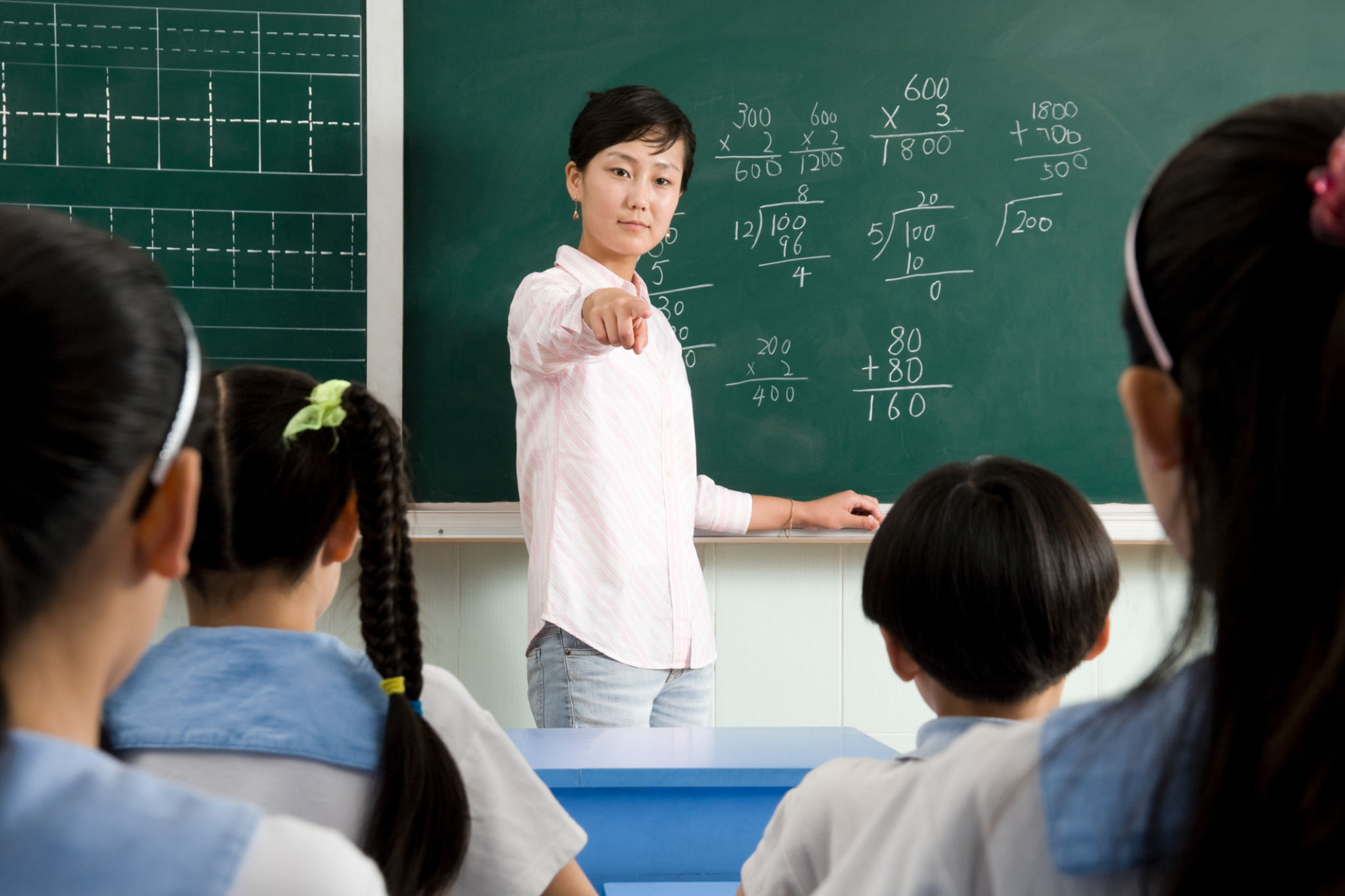- Blog
- Performing Arts
- Adult Enrichment Courses
- Step Forward
- Balance
- Occupational Studies Courses and Units
- KCL Community Holiday Club
- Functional Skills & Employability Skills
- Delivery in Action - Case Study
- NEET Referral Programme
- Creative Part Time Alternative Provision for Learners Aged 9–18
- Open Day and Jobs Fair
- Online Functional Skills for Post-16 NEET Learners
- About Our School
Comparing Public vs. Private Schools: Which Is Right for Your Child?
KS
Introduction to Public and Private Schools
Choosing the right educational path for your child is one of the most important decisions a parent can make. With a variety of options available, parents often find themselves comparing public and private schools. Both types of institutions have their unique advantages and disadvantages, making it crucial to consider several factors before making a decision.

Cost Considerations
One of the most significant differences between public and private schools is the cost. Public schools are funded by taxpayer dollars and are generally free for students to attend. In contrast, private schools charge tuition, which can range from a few thousand to tens of thousands of dollars per year. Families need to consider their budget and whether they can afford the financial commitment of private schooling.
Financial Aid and Scholarships
Many private schools offer financial aid and scholarships to help offset costs. It's important for parents to explore these options if they are considering private education. On the other hand, public schools may offer free extracurricular activities and programs that can also provide a rich educational experience without additional costs.
Class Size and Individual Attention
Another key factor in the public versus private school debate is class size. Private schools typically have smaller class sizes, allowing for more individualized attention from teachers. This can be beneficial for students who need extra help or those who thrive in a more intimate learning environment.

Public schools, particularly those in densely populated areas, often have larger class sizes. However, many public schools employ aides and specialist teachers to support students who require additional assistance.
Curriculum and Extracurricular Activities
The curriculum can vary significantly between public and private schools. Public schools are required to follow state guidelines, which ensures a standardized education across the board. Private schools, however, have more flexibility in their curricula, allowing them to offer specialized programs or unique teaching philosophies.
Extracurricular Opportunities
Both public and private schools offer a range of extracurricular activities, though the scope and variety might differ. Public schools often provide more diverse programs due to their larger student body. Private schools may offer niche activities that align with their educational ethos, such as art-focused or religious-based activities.

Social Environment and Diversity
The social environment is another crucial factor to consider. Public schools generally reflect the diversity of their communities, offering students the opportunity to interact with peers from various backgrounds. This exposure can foster an understanding and appreciation for different cultures and perspectives.
Private schools may have a more homogeneous student body, depending on their admission policies and location. However, they often emphasize building a strong community spirit among students and staff.
Conclusion: Making the Right Choice
Ultimately, the decision between public and private schooling depends on what aligns best with your child's needs and your family's values. Consider factors such as cost, class size, curriculum, extracurricular opportunities, and social environment. Visiting potential schools, talking to educators, and discussing options with your child can provide valuable insights that guide you to the right choice.
Remember, there is no one-size-fits-all answer. Each child is unique, so take the time to evaluate which environment will provide the best foundation for your child's growth and success.
